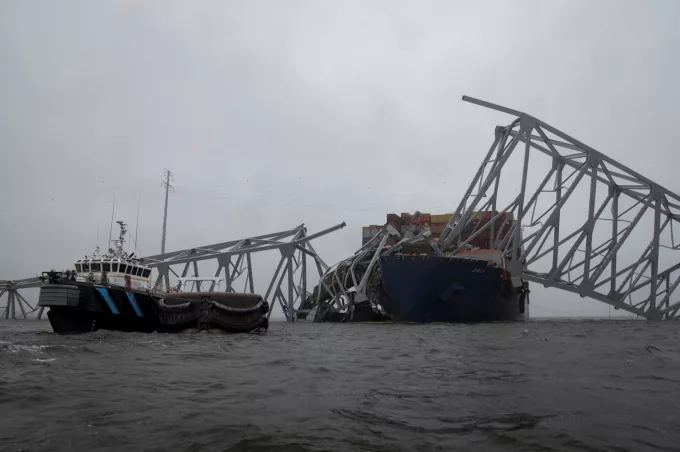Red Sea crisis forces Maersk to increase capacity over strategy limit
Maersk Line appears to have temporarily abandoned its strategy of maintaining capacity at no more ...

MSC, Maersk and Zim are the three carriers most exposed to the supply chain disruption stemming from the collapsed bridge at Baltimore, according to analysis from S&P Global Market Intelligence.
It shows that the three carriers collectively represent nearly three-quarters of Baltimore’s container import traffic: in the 12 months to the end of February, MSC accounted for 31.5%, with 145,734 teu; Maersk, 21.8%, with 100,800 teu; and Zim 19.8%.
According to the eeSea liner database, the 2M partners called at Baltimore on ...
Volcanic disruption at Anchorage could hit transpacific airfreight operations
Macron calls for ‘suspension’ – CMA CGM's $20bn US investment in doubt
Forwarders stay cool as US 'liberation day' tariffs threaten 'global trade war'
Shippers snap up airfreight capacity to US ahead of tariff deadline
De minimis exemption on shipments from China to the US will end in May
Tighter EU import requirements proving 'a challenge' for forwarders
Looming Trump tariffs will create 'a bureaucratic monster' for Customs

Comment on this article